As threatened promised yesterday, here’s a look at 1954’s passenger saloon cars, starting with the Mercedes 300 S:
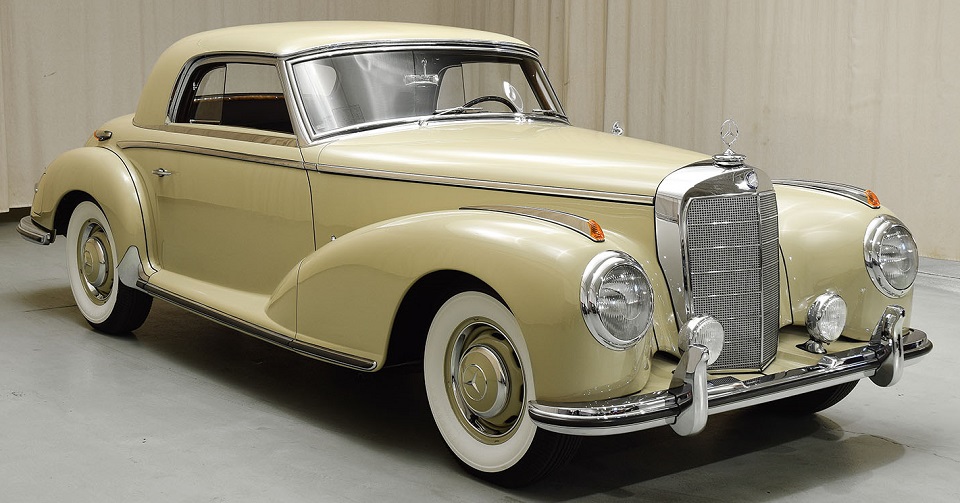
An astonishing number of 300 models are still running today, because when the chairman of M-B laid out the criteria for the 300 (W188) model, his brief was that the car should be capable of running all day (12 hours, to be specific) at top (not cruising) speed, without ever breaking down. So that’s how they made them.
Other European countries in 1954 were still making passenger saloons according to the older, pre-war styles, such as the French with their Citroen Traction Avant:
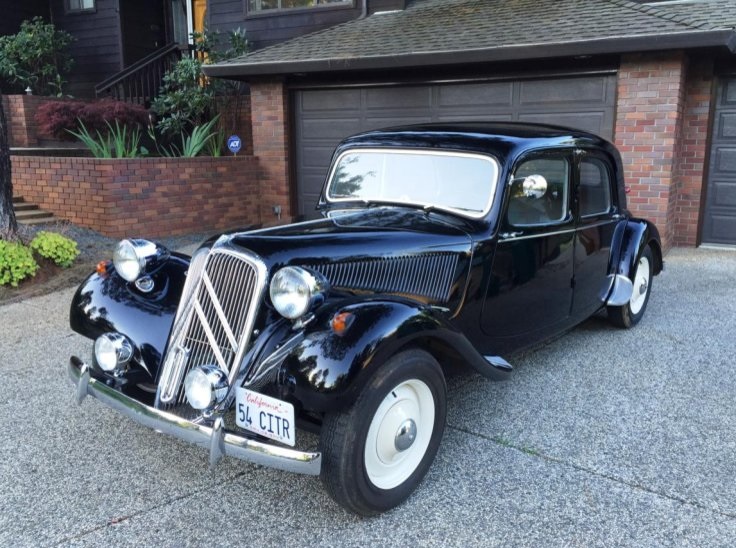
…and Britain, with their crop of Rolls-Royce Phantom IV and Silver Dawn models (in order):
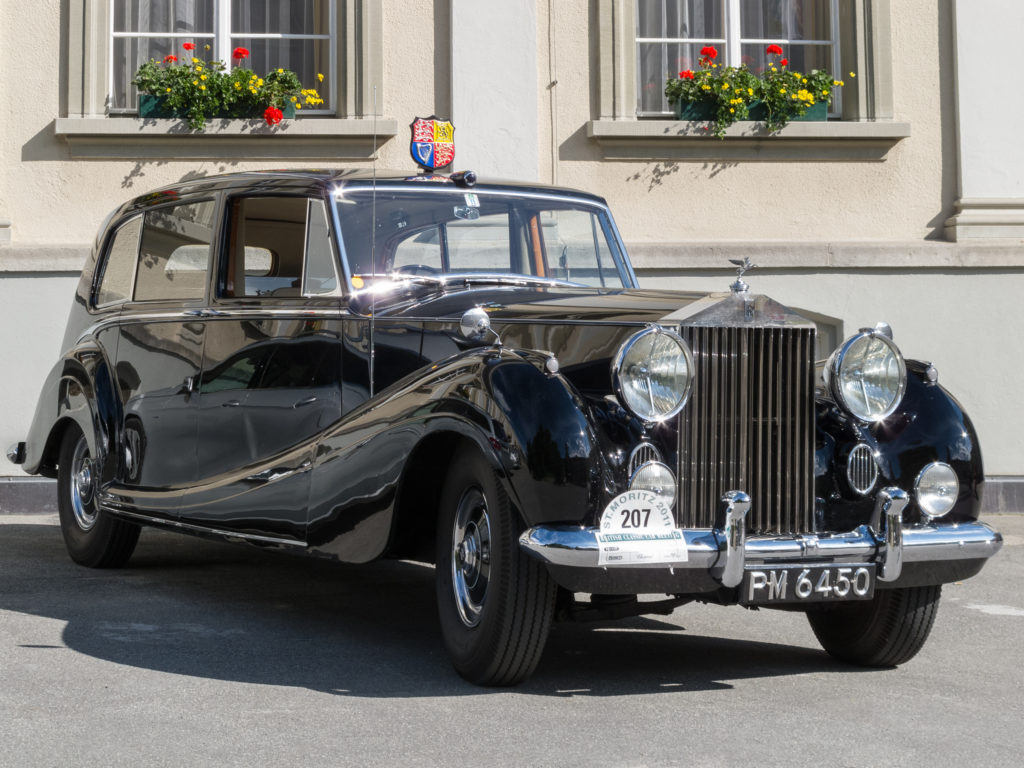
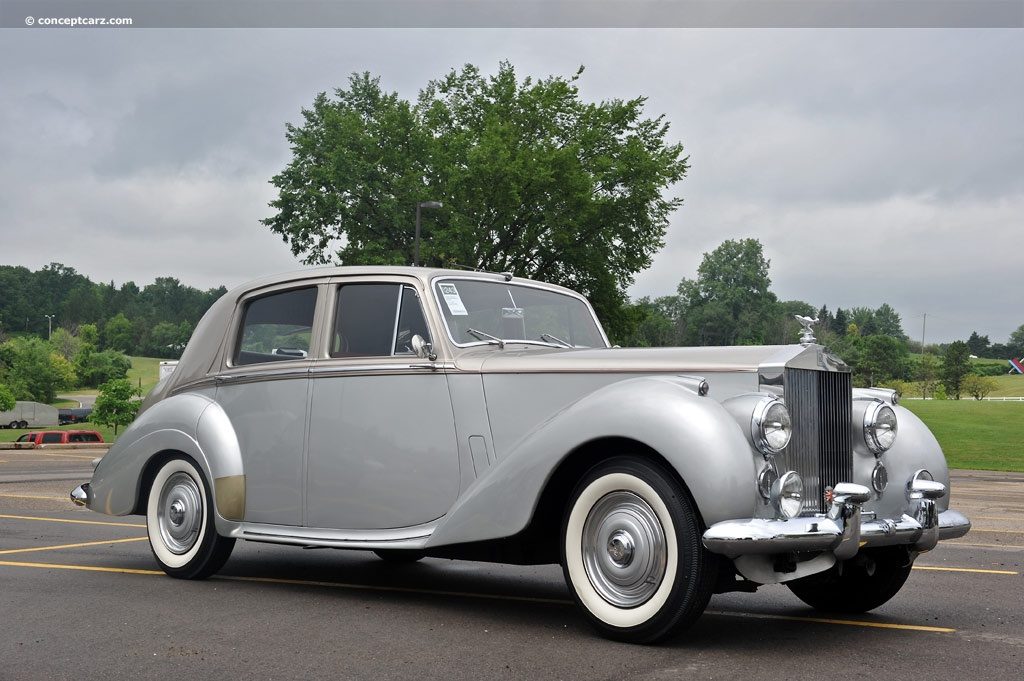
By way of contrast, in 1954 the Italians were still making tiny family cars like the Lancia Aurelia B20:
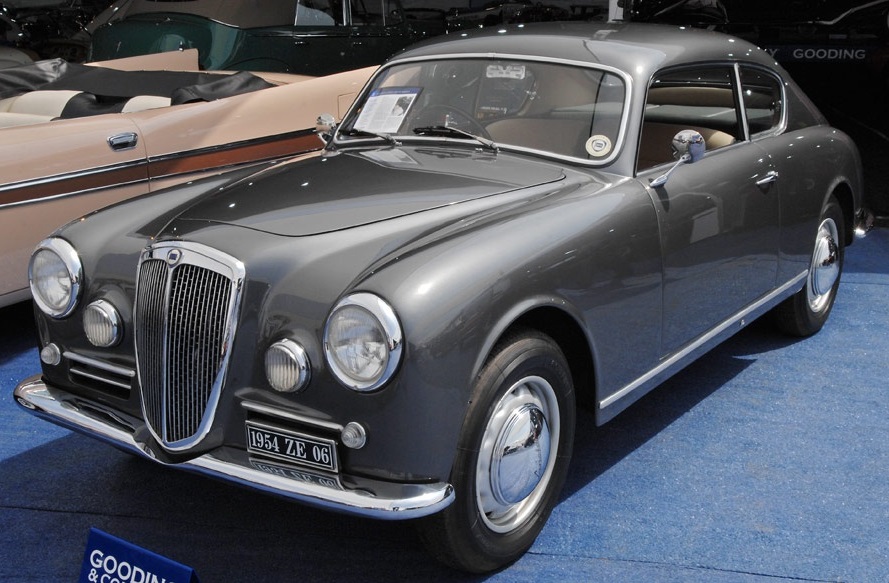
…but to be fair, all the European manufacturers’ offerings outside the limousine-type were just as small. Here’s BMW’s 502:
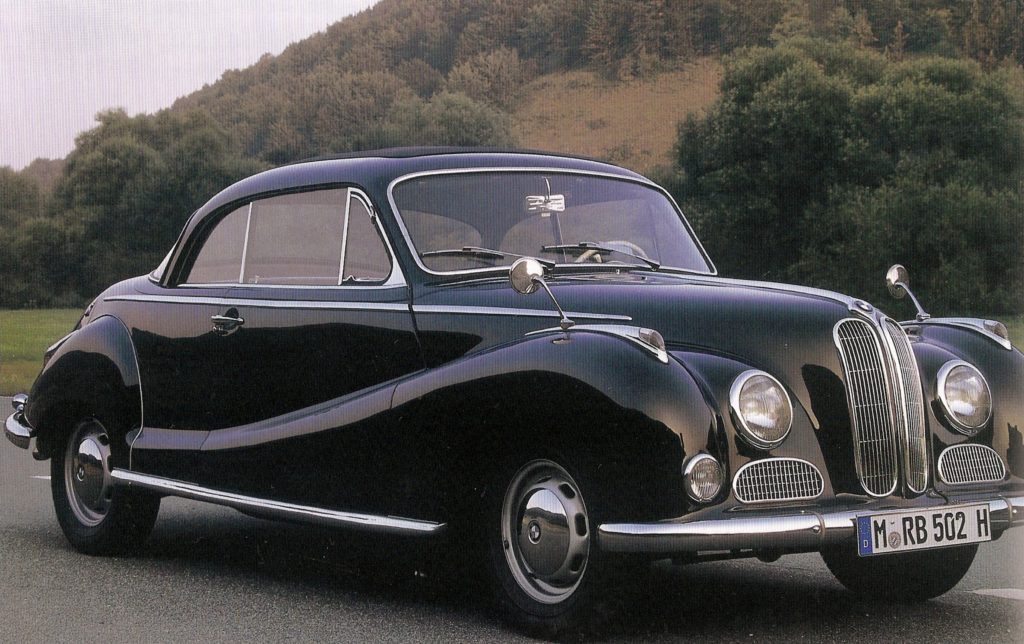
And the Mercedes 220a C:
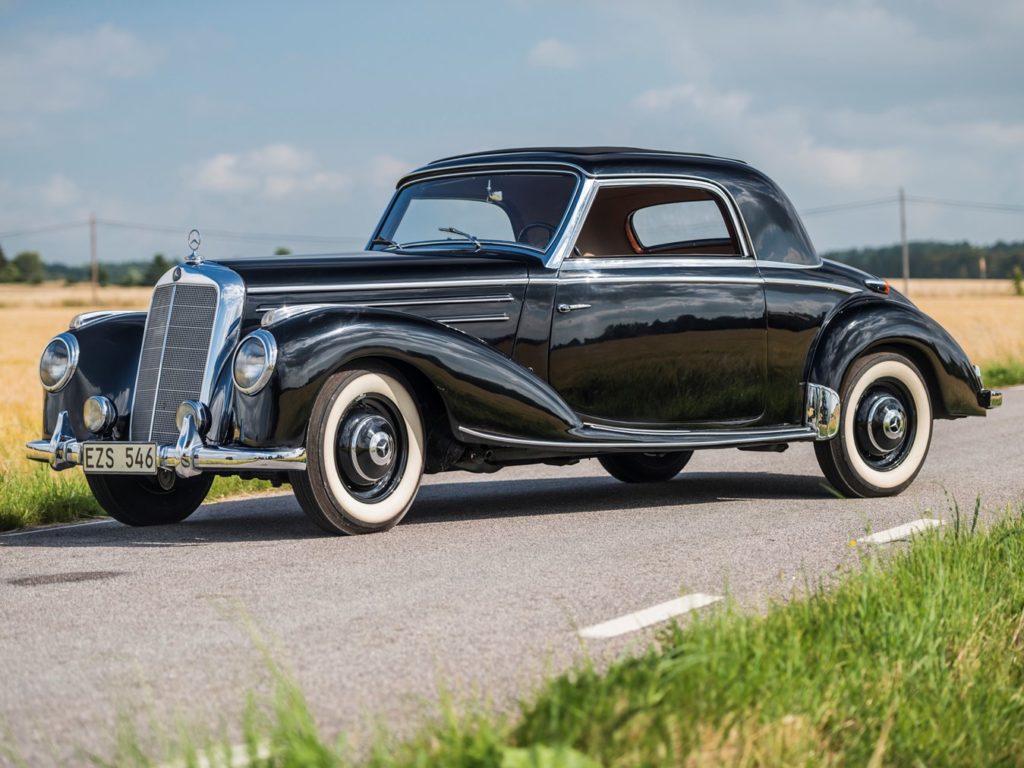
Note too the British offerings in this segment of the market in 1954, like the Vauxhall Velox:
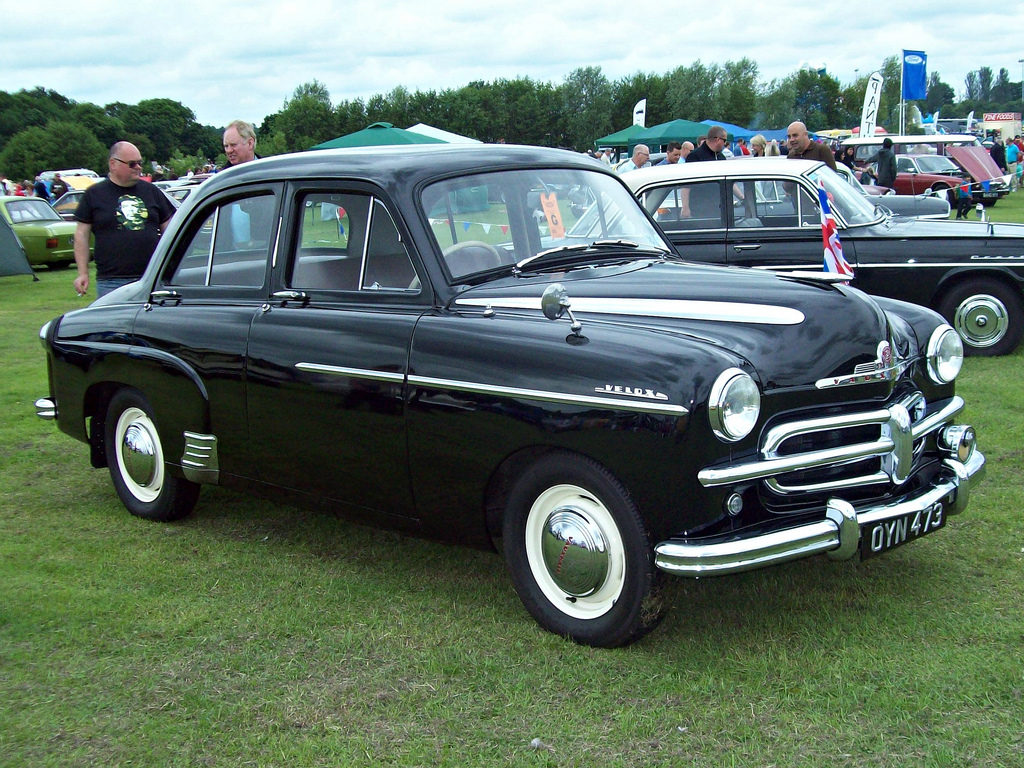
Rover’s P40:
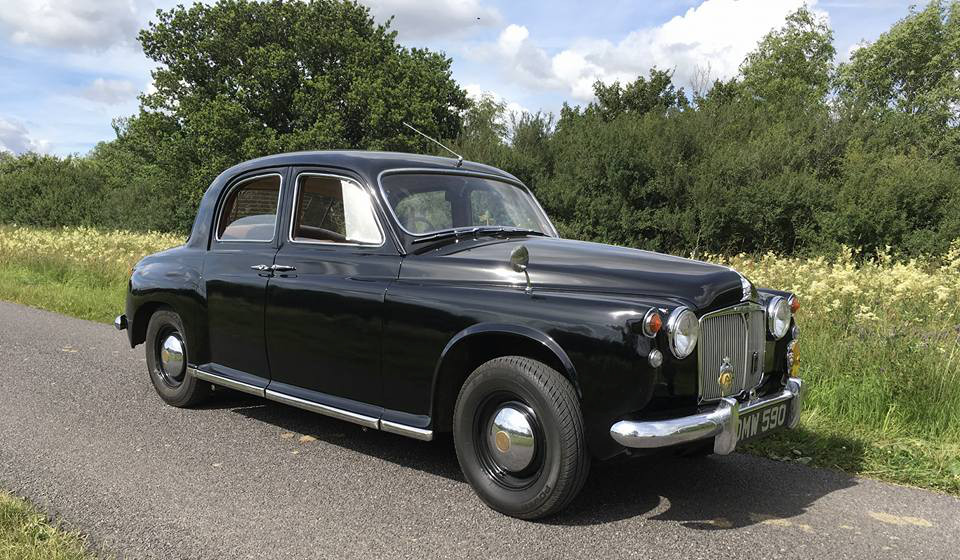
…and the Wolseley 4-44 (4 cylinders, 44 horsepower — I yeah, I know)
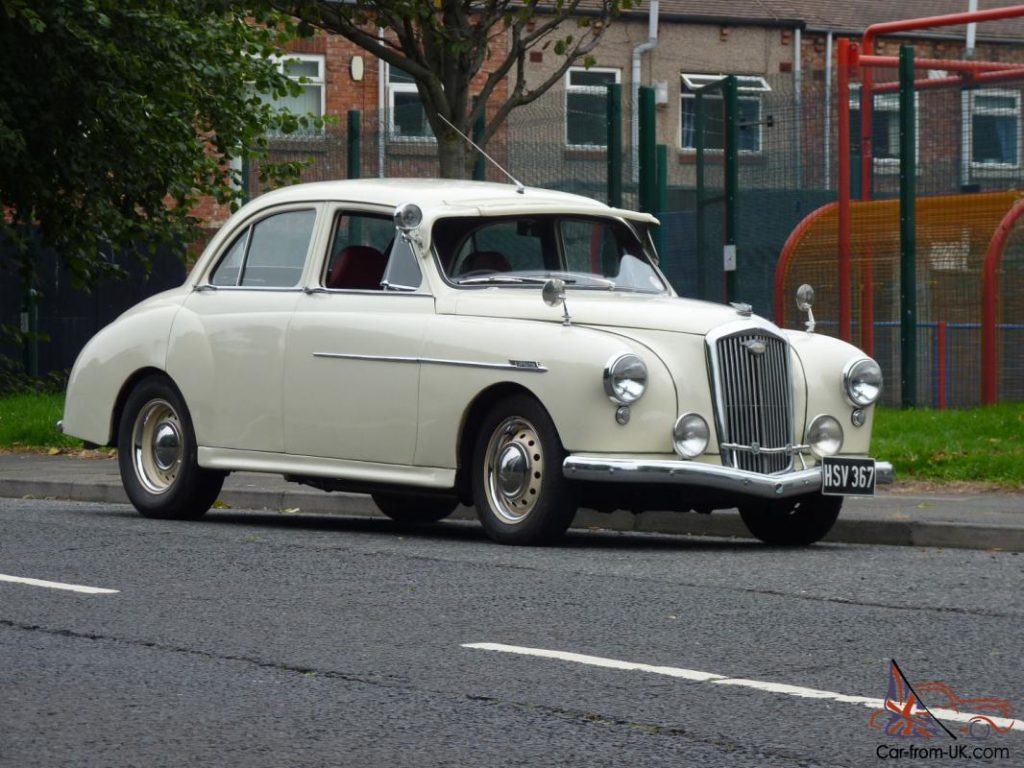
But while Alfa Romeo’s 1900 Sprint was small, it was, as the saying goes, outrageously sexy (unlike the blimps above):
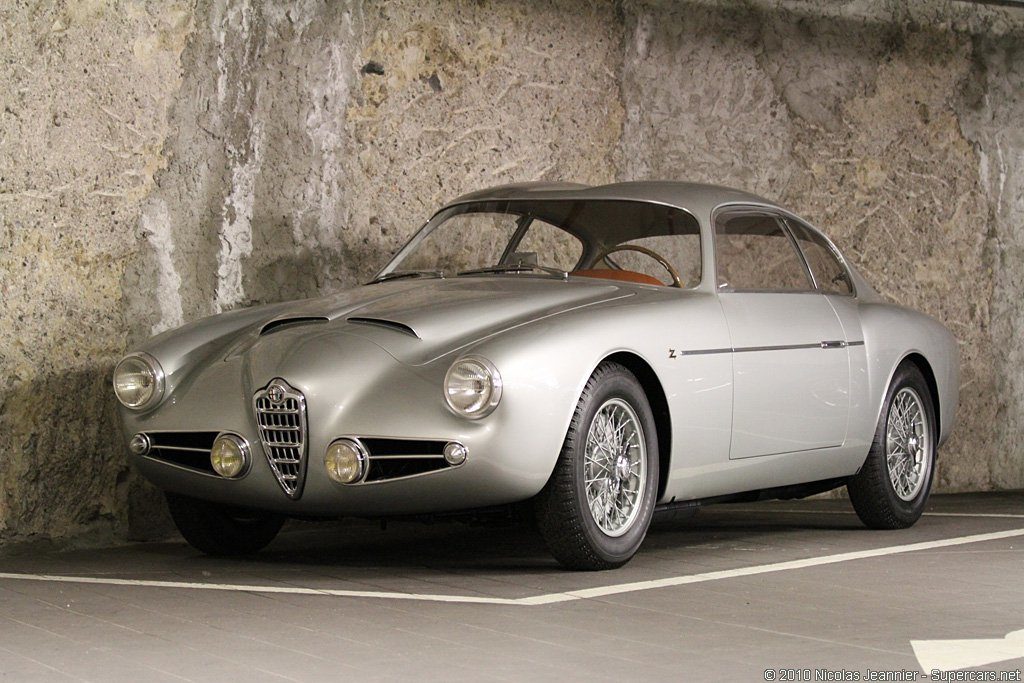
…but that’s Alfa Romeo all over, isn’t it?
France’s Renault Fregate was, well, regrettable:
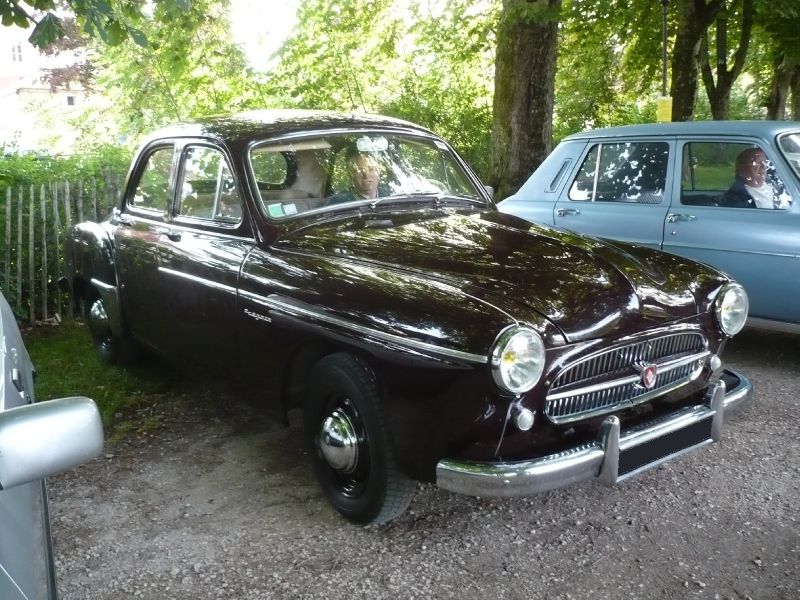
And Renault’s 4CV wasn’t any better.
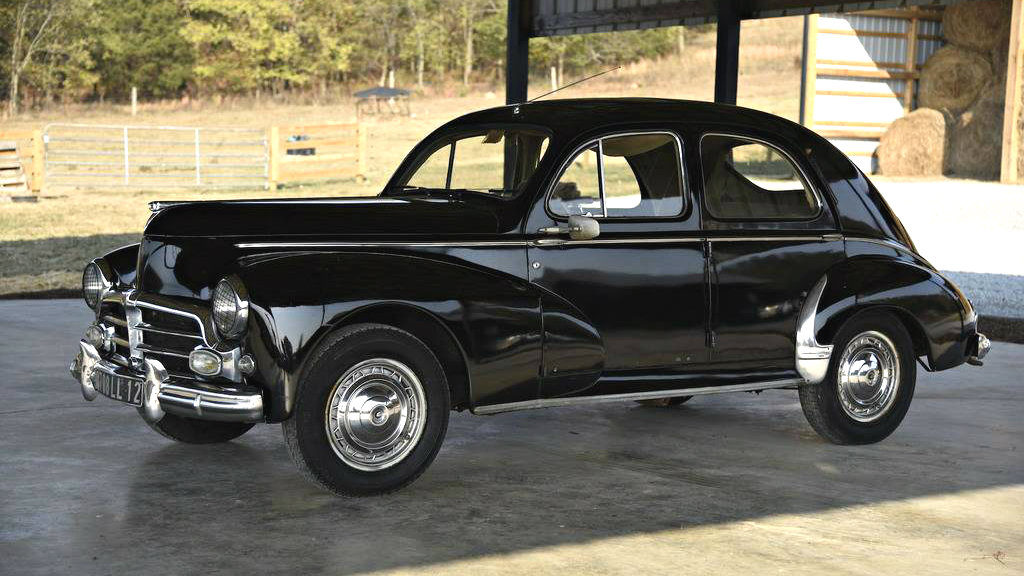
Which brings us across The Pond to the United States, where our idea of “compact” was, let’s say, a little more generous than that of the Europeans. Here’s the Hudson Hornet (Hollywood) model, whose style was surprisingly dated in 1954 (and Hudson would disappear from the market soon after this):

…as was the Nash Metropolitan (likewise about to disappear from the scene):
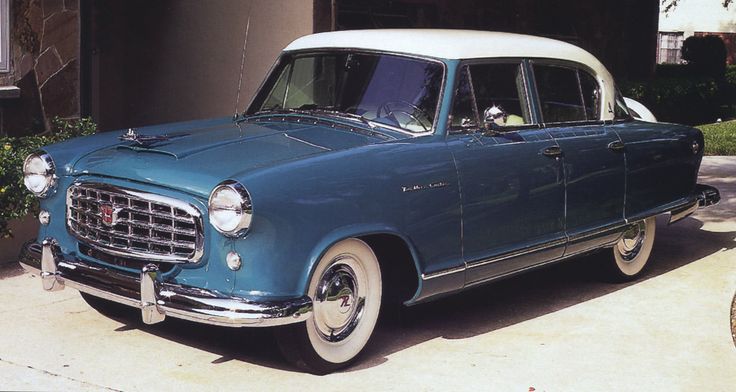
The Oldsmobile 88 was more like the mid-Fifties U.S. ideal:
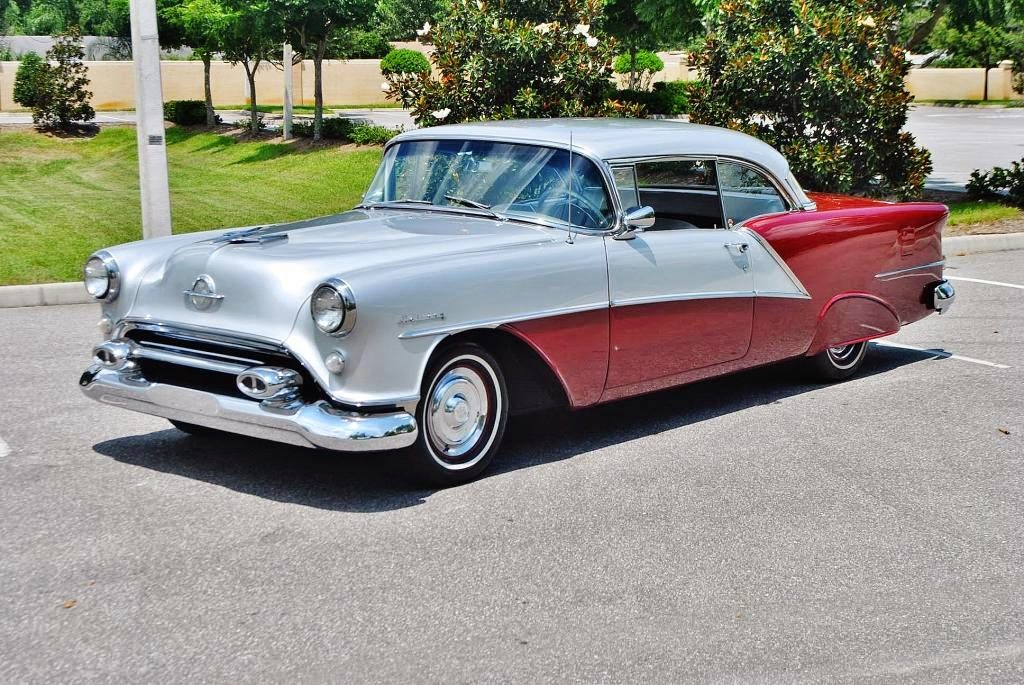
…and of course there’s the Chevy Bel-Air:
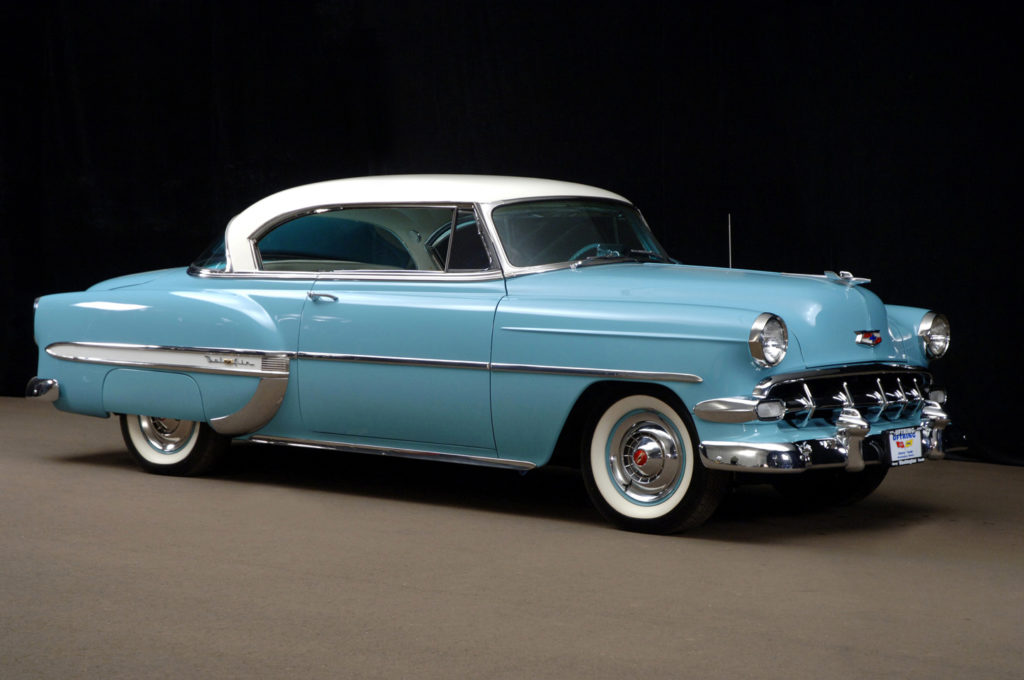
…and the Chrysler New Yorker:
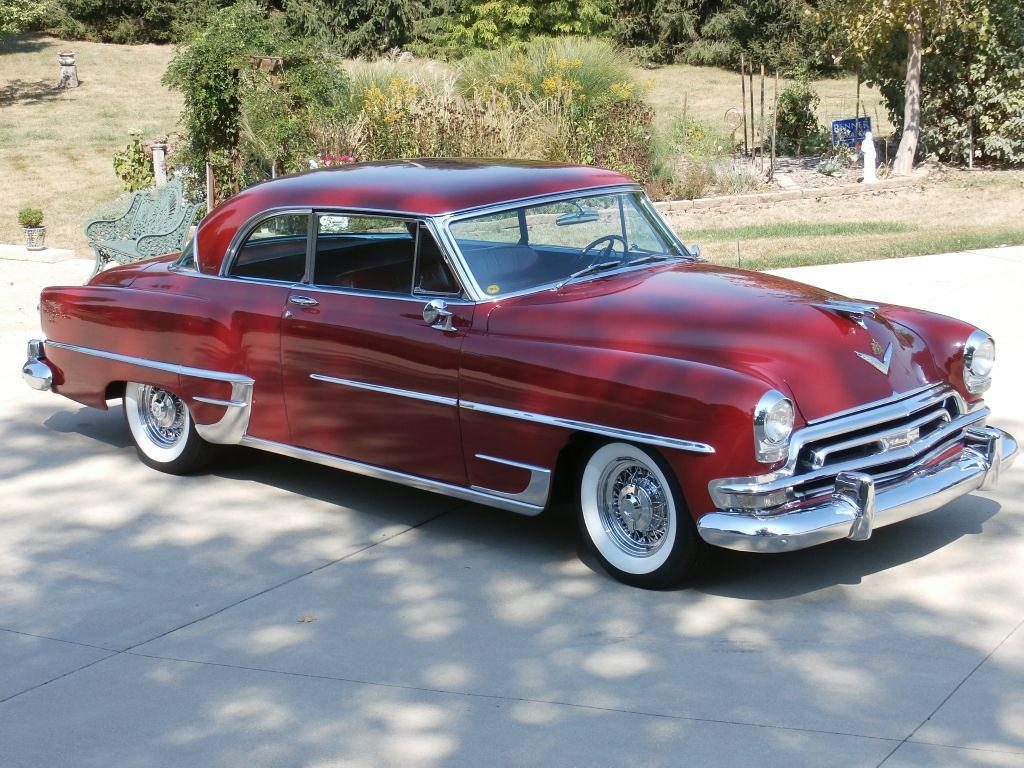
Longtime Readers will of course know that the American Behemoth-style of car leaves me quite cold, and indeed if someone were to offer me a large car from my birth year in decent running order and in good shape, I’d go for this one ahead of all others. It’s the 1954 Bentley R-model Continental:
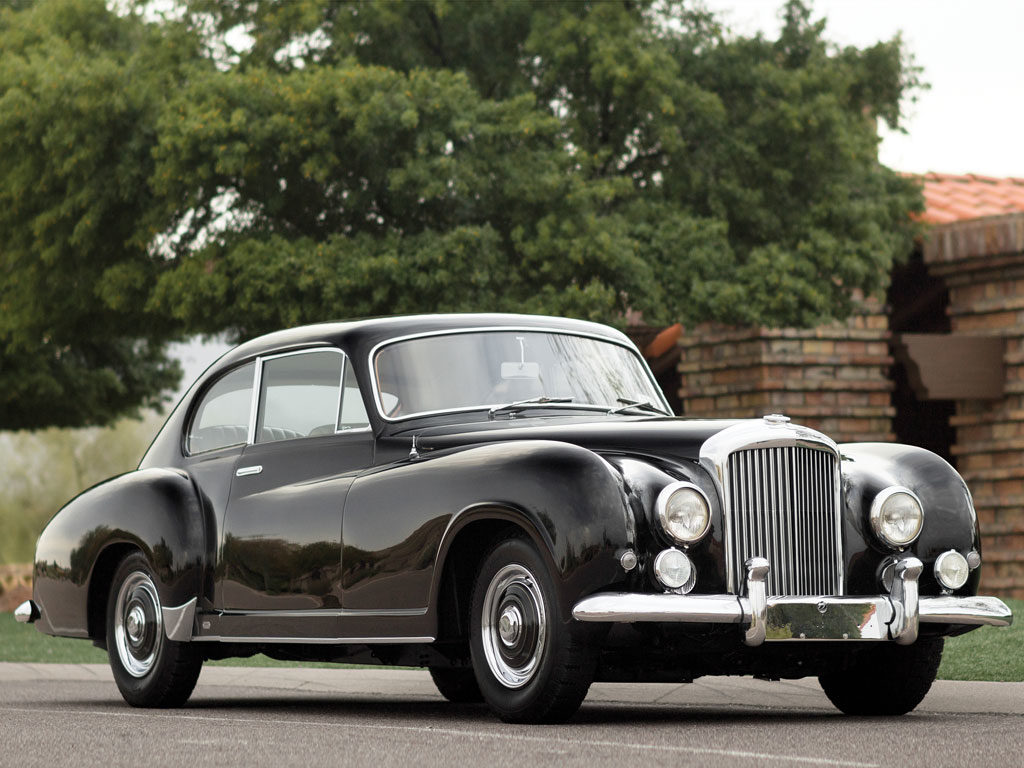
For a smaller car, there’s only one option, the Fiat 8v Berlinetta (assuming I could actually fit into one, that is):
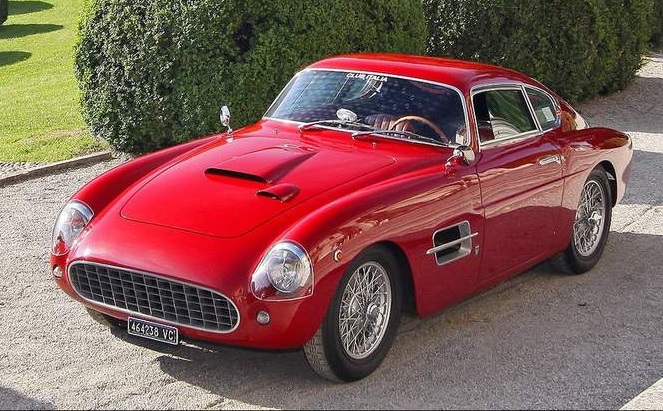
Vroom, vroom. Vroom.

The British sports car magazines were complaining about gas rationing in the mid fifties- I remember reading one and being astounded they were still under rationing nine or ten years after the war.
England was under rationing because England adopted a whole lot of Socialism during and after the war.
Kim, what you have shown are all nice vehicles I suppose, but so far, the only “family saloon cars ” I have seen were the in the background of one of the earlier photos at a car show. I guess as Raven has pointed out, in the 50’s, gasoline was still in short supply in Europe so cars were a lot different than in America.
The 1950’s in America was a time of cheap gas and the baby boom. A lot of folks had big and growing families. (I was born in 54 and have 6 siblings.) When I was growing up our family had station wagons. And when mom learned to drive, the second car was a 4 door sedan. A coupe just would not cut it.
I remember one day in 1967, my dad brought home a 1952 Cadillac Fleetwood that he won in a poker game! It was a 4 door sedan and was bigger than our family station wagon which was a 59 Chevy Brookwood! My 13 year old self loved that Caddy. However, by 67 it barely ran and was expensive to fix. (Did I mention dad won it in a poker game?) Even though the car was huge, it still wouldn’t seat seven kids and two adults so it didn’t stay around very long.
Other important factors in the Euro/U.S. differences began with the fact that the U.S. had at the time a superabundance of in-country natural resources vital to the production of automobiles, including liquid fuel stocks, which Europe did not enjoy, especially the liquid fuel stocks. Second was that our industrial capacity, scarcely diminished by the war, was able to crank out goods at volumes (and low prices) of which Europe could scarcely dream. Third was space, and a hell of a lot of it. Vast open mass quantities of it, yet unto today outside the cities. It was far more than any past or present European country unless one is generous enough to include Russia in that category. This inevitably begat bigness in most everything, vehicles not excluded.
I agree, and driving long distances is a lot more comfortable in a big car.
One of the differences between Europeans and Americans is that Americans think 150 years is old. OTOH, Europeans think 150 miles is a long way.
As I rethink some of my comments from yesterday I’ll agree that the Mercedes was an incredibly reliable vehicle. As for the British and Italian cars under discussion …..
It’s interesting that Roy brought up the subject of people movers as they’re called today. If you had a big family you bought a station wagon which was just an intermediate or full size sedan with one more passenger seat. The Chevy or GMC delivery trucks hadn’t morphed into the popular Suburban SUV type yet. I remember some folks hauling their kids around in International Harvester Travelalls. They were ugly, slow and huge. Three rows of four across seats and you could squeeze a couple of more kids in if they weren’t too big. That was a vehicle to carry a whole baseball or football team and all of their gear. My dad called those IH’s “Mormon Mobiles” because he believed that only Mormons had such large families. You’d see old guys in sandals, black knee socks, tan Bermuda shorts and blue nylon polo shirts towing huge silver Airstream trailers with those Internationals as well.
We had a two-row station wagon (’69 Plymouth Custom Suburban). It was big enough for two adults three kids, a dog, and all our camping and fishing equipment for a week. It had a big-block V8 and could safely tow a sizable trailer if we rented one. I loved that car and learned to drive in it. If it weren’t for the damned salt on the roads here I would still like to have one for weekends and long trips. We don’t have kids but with the rear seat folder down you’ve got room enough for 4×8 sheets of plywood with the tailgate closed. Lots of room for dogs, for stuff, cushy ride, all around win.
One other thing about those big American cars was the size of the big, cushy, seats with lots of room across, front and back, room to stretch out a take a nap or something if a person happened to be out on a date parked in a nice dark place.
Yeah – “or something”. When I was in high school in the 60s fathers bought their daughters VW bugs because street wisdom said that there just wasn’t enough room in a VW to do the nasty. At least one member of my class proved that to be wrong.
That blue 4dr car is not a Nash Metropolitan. The Metro was a VERY small 2dr, 2 seater. Dad had a couple of them on his used car lot, the summer I was caretaker of the place. Learned to drive stick on them. His partner kept fiddling with them, and the shift pattern seemed to change every time he did this. Made for an interesting learning experience.
One of the cars was a ’65/66 Mustang Fastback GT. He drove us home in it one day, and I asked what was a “powershift”, which he demonstrated. Attention grabbing! Discovered a couple years later that he had been a stock-car racer in the early 50’s. Never told me, I found out by working for the guys that built his race cars.
Look closely at the Wolseley 4-44 photo. Bigger wheels/tires on the rear. Might be a “sleeper”: a car that looks fairly stock, but hides substantial performance mods, typically a bigger engine.
Glad to see that Will caught the error of the Nash – probably a Rambler, definitely not a Metro, which was built on an Austin chassis/running-gear.
I would point out that the Alfa 1900 is not the run-of-the-mill production model, but is a special from Zagato – check the “double bubble” roof, and a whole lot sexier.
Sorry, still drooling over the gorgeous cars.